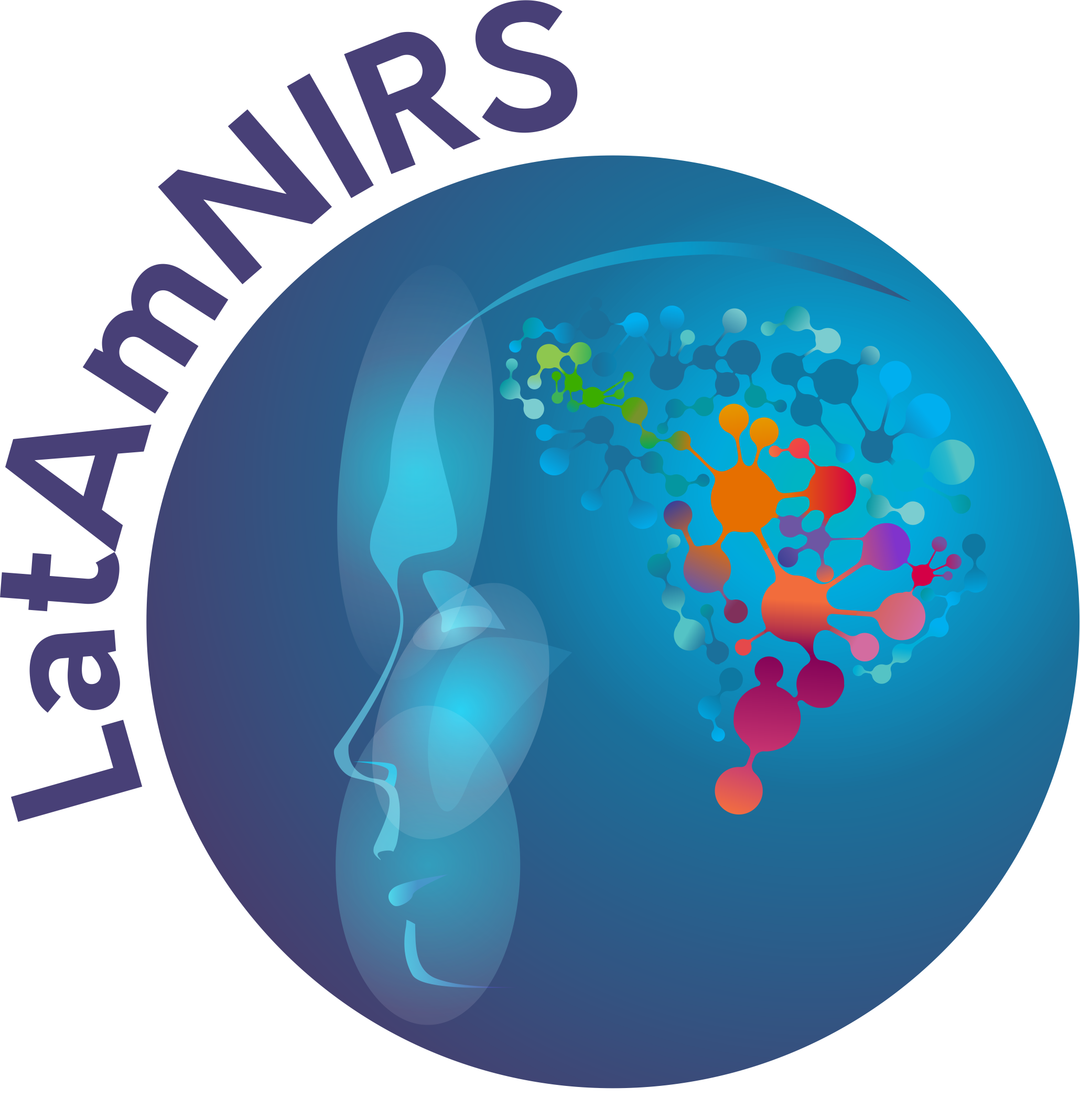Diffuse Correlation Spectroscopy
Definition: Diffuse Correlation Spectroscopy (DCS) uses the temporal fluctuations of speckles formed on the tissue surface by coherent light to derive metrics for the motion of scatterers in highly scattering media such as blood cells flowing in tissue vasculature. The DCS technique was formulated based on the correlation diffusion equation; it is formally equivalent to the technique (formulated as an integral equation rather than a differential equation) called diffuse wave spectroscopy (DWS). In the diffuse optics community the term DWS sometimes implied absorption spectroscopy, hence the term DCS was introduced to reduce terminology confusion. The word “correlation” in the name is connected with the fact that canonical DCS uses the auto-correlation function of the intensity fluctuations as its primary measured quantity.
Apart from the usual optical properties (absorption and reduced scattering coefficients), the DCS signal (decay of the measured curve) in tissue is dominated by the movement of red blood cells which permits DCS to estimate a blood flow index. Standard DCS measures the autocorrelation function and fits these measurements to solutions of the correlation diffusion equation for the appropriate geometry and boundary conditions. DCS is closely related to the other speckle correlation techniques such as interferometric DCS and DWS (iDCS/iDWS), Speckle Contrast Optical Spectroscopy and Tomography (SCOS/SCOT), Laser Speckle Contrast Imaging (LSCI), and Diffuse Correlation Tomography (DCT). Other implementations of DCS have been described in the literature.
Alternative definition: Diffuse Correlation Spectroscopy (DCS) uses the fluctuation statistics of diffuse, coherent light to measure microvascular blood flow in tissues.
Synonym: Diffuse Wave Spectroscopy (DWS)
References: https://doi.org/10.1103/PhysRevLett.75.1855
https://doi.org/10.1364/JOSAA.14.000192
https://doi.org/10.1016/j.neuroimage.2013.06.017
https://doi.org/10.1117/1.NPh.10.1.013509
https://doi.org/10.1098/rsta.2011.0232
Related terms:
